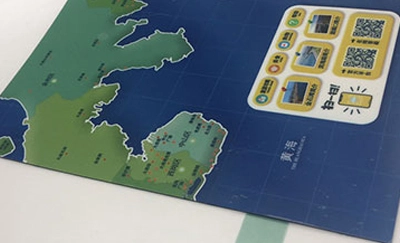
For the membrane switch with a display window, users have very strict requirements for the transparency of the window, and any flaw is not allowed. Sometimes, users even use the quality of the lens of their glasses to check the display window of the membrane switch. How should we control the window of the membrane switch?
The window of the thin film switch is integrated with the keys. The production process of the keys is complicated and has many procedures. Every production link of the membrane switch should consider protecting the window from scratches. For the control of raw materials, the transparency and scratch resistance of purchased raw materials must be tested. When selecting materials for the membrane switch with a display window, anti-scratch materials must be used. The front anti-scratch level is particularly important. The purchased raw materials must have protective film on both sides. When cutting the material, the material will not be damaged. If the material is not properly selected, it is difficult to control the scratches of the window.
In the printing environment, printing is usually carried out in a dust-free workshop, but this is only relative. For semi-automatic screen printing machines, the window is exposed for a relatively long time, especially for membrane switches with multiple colors. We can consider printing water-based protective paint at the window position to protect the window from dust. After completing the printing, cover it with a protective film. For automatic machine printing, a protective film must be applied after each printing process.
In terms of operation specifications, every link in the production process should prohibit touching the window area and prohibit wiping the window. Even with finger covers, contact with the window area may leave marks, and even slight wiping may cause scratches on the window.
There are many molds involved in the production of membrane switches, and the window area of the mold must be bright and flat. During the production process, the mold should be checked repeatedly for debris to prevent the window from being crushed. The window area of the silk screen plate should be specially treated to prevent oil leakage.
After the printing is completed, the double-sided film-covered panel enters the assembly and sticking process. Usually, after the circuit is assembled, the final process is to stick the panel. Peel off the protective film on the back and stick the panel. After sticking, immediately cover the window area with a protective film.